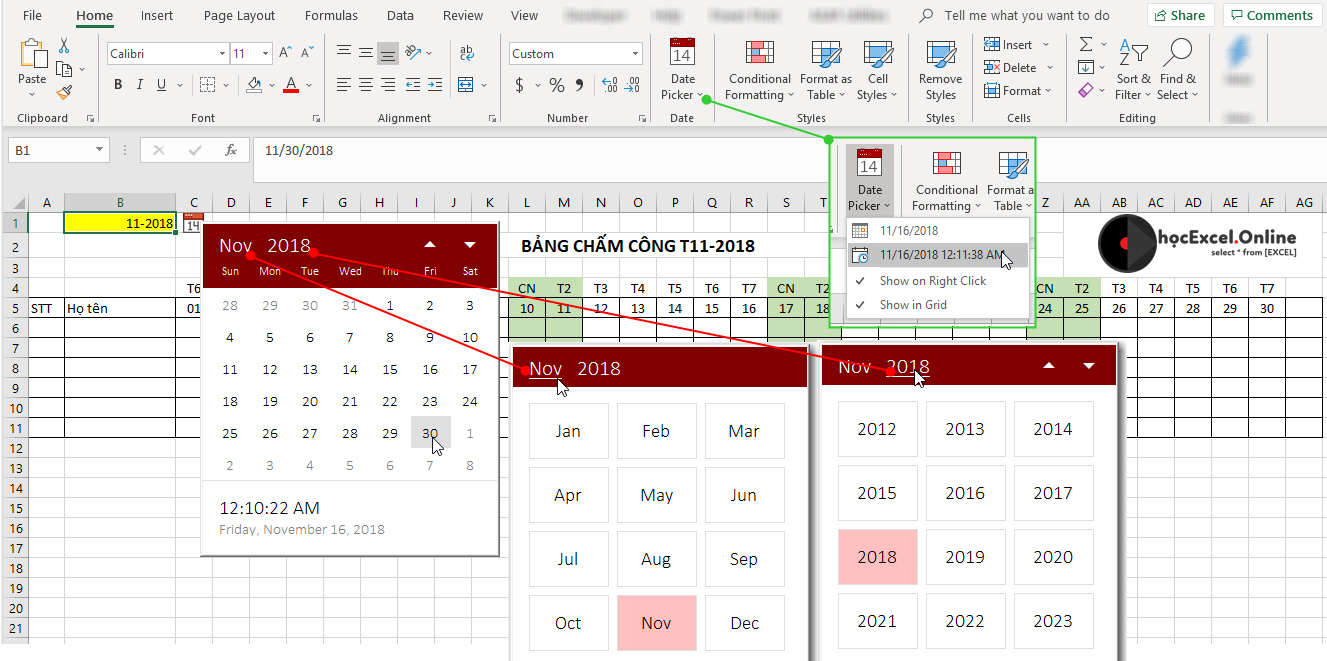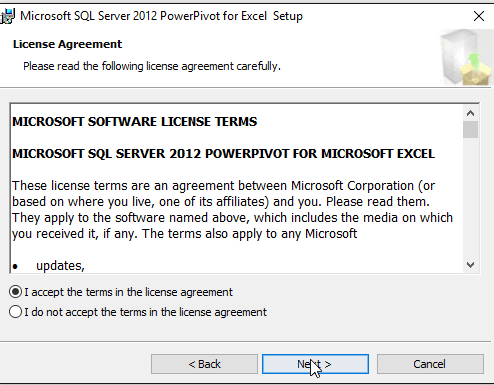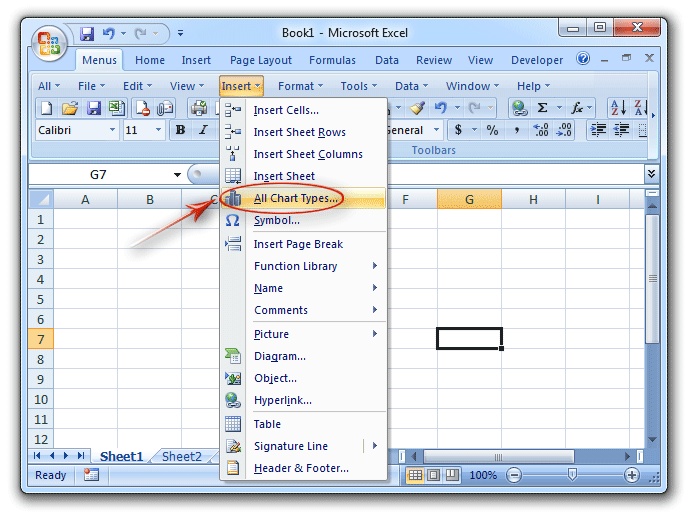

Mapping XML schema elements to individual cells or XML tables Essentially, there are five phases to the process:Īdding an XML schema file (.xsd) to a workbook The following diagram shows how the different files and operations work together when you use XML with Excel. Top of Page The basic process of using XML data in Excel Import XML data from a Web service into your Excel worksheet.Įxport data in mapped cells to XML data files independent from other data in the workbook. Import XML data files into a new workbook. Use XML data as input to your existing calculation models by mapping XML elements onto existing worksheets. This makes it easier to get XML data into and out of your templates without having to redesign them. The following are key scenarios that the XML features are designed to address:Įxtend the functionality of existing Excel templates by mapping XML elements onto existing cells. You can easily import this information from databases and applications, revise it, and export it to the same or other databases and applications. For example, an invoice that contains the name and address of a customer or a report that contains last quarter's financial results are no longer just static reports. By using XML maps, you can easily add, identify, and extract specific pieces of business data from Excel documents.

Key XML and Excel scenariosīy using XML and Excel, you can manage workbooks and data in ways that were previously impossible or very difficult. Choose the XML Files (*.xml) file type before you click the Open button to see the XML files in the folder. If XSLT files are linked to XML data files that you import into Excel, you do have the option to apply or not apply the formatting before the data is added to the worksheet, but only when you open an XML file by using the Open command from within Excel. You can apply these transforms before you import XML files into Excel and after you export XML files from Excel. The XML standard also defines Extensible Stylesheet Language Transformation (XSLT) (.xslt) files, which are used to apply styles and transform XML data into different presentation formats. Schema files (.xsd), which contain schema tags that enforce rules, such as data type and validation. XML data files (.xml), which contain the custom tags and structured data. XML data and schema filesĮxcel works primarily with two types of XML files: In short, XML greatly eases the definition, transmission, validation, and interpretation of data between databases, applications, and organizations. Using XML, application designers can create their own customized tags, data structures, and schemas. XML follows industry-standard guidelines and can be processed by a variety of databases and applications.

XML is a technology that is designed for managing and sharing structured data in a human-readable text file. Using the Excel macro-enabled Office Open XML Format file Working with repeating cells in XML tables The basic process of using XML data in Excel
XML TOOLS ADD IN EXCEL 2010 64 BIT GENERATOR
Think of these XML features as turning Office Excel into an XML data file generator with a familiar user interface. Microsoft Excel makes it easy to import Extensible Markup Language (XML) data that is created from other databases and applications, to map XML elements from an XML schema to worksheet cells, and to export revised XML data for interaction with other databases and applications. Excel for Microsoft 365 Excel 2021 Excel 2019 Excel 2016 Excel 2013 Excel 2010 Excel 2007 More.


 0 kommentar(er)
0 kommentar(er)
